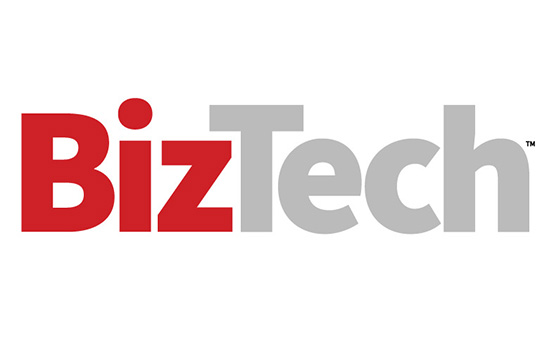Start With Secure AI Platforms
Before diving into AI training, SMBs must first assess the platforms they are using. The major providers — Google, Microsoft 365, IBM and Apple — offer AI capabilities that are integrated with security features. From there, SMBs should implement several key protocols for training the data. Here are some security controls that will fine-tune AI models.
- Classify data based on sensitivity: Users should organize AI training data based on sensitivity (for example, categorizing it as public, confidential or restricted) and apply corresponding security policies to each. Also, remove unnecessary data to reduce risk exposure.
- Set access controls and authentications: IT teams should limit who can access and modify the AI data sets. This can include role-based access control and multifactor IT leaders can also implement zero-trust security principles.
- Incorporate data validation techniques: Validation can prevent adversarial or poisoned data from entering the training pipeline. Teams can also implement version control for data sets to track and revert changes if an attack is detected.
- Monitor and log anomalies during model training: Identify anomalies (such as sudden shifts in data patterns) and keep audit logs of training data modifications, model changes and access events. Set up intrusion detection systems to detect malicious activity targeting AI environments. Teams should also regularly test models against adversarial inputs to identify vulnerabilities before deployment.
RELATED: Why endpoint security plays a critical role in small business success.
Mitigate Risks by Adopting AI-Specific Security Protocols
Training an AI model requires feeding it data, but not all data is secure. Here are some of the most common ways AI models can inadvertently expose sensitive information and how to mitigate these risks.
Prevent leakage with data encryption: AI models may unintentionally reveal sensitive business data, which is why encryption is fundamental at every stage — data storage, transmission, training and deployment.
Implement least-privilege access: Without proper access controls, employees may misuse AI tools, so restrict access to only those who need it. If teams are accessing AI-related infrastructure, providers such as CyberArk, Delinea or Okta can also enable privileged access management so only those with the right clearance can make changes to AI models.
Deploy endpoint security and device management: Endpoint security tools monitor data movement across devices, reducing exposure to external attacks. This will ensure that data coming through a network or personal device is not malicious or manipulated.
Consider training on adversarial tactics: Threat actors can manipulate AI models by injecting misleading data. This can cause a ricochet effect of vulnerabilities. Often, teams that are more familiar with adversarial approaches are better equipped to handle real-time attacks.
For Greater Cyber Resilience, Fight AI With AI
While AI models can introduce security risks, they can also serve as powerful tools for cybersecurity. That’s why opting for a few AI-driven solutions can sometimes be the most effective strategy of all.
For starters, AI can identify unauthorized logins by scanning for anomalies faster than a human can and can automatically block suspicious access attempts. AI can also analyze digital activity to detect potential insider employee threats. Finally, AI-powered cybersecurity platforms such as Amazon’s GuardDuty can run incident response, reducing the burden on IT teams.
UP NEXT: Is it worth building an AI center of excellence?
Microsoft Azure’s confidential computing approach can also protect sensitive data during processing by using hardware-based trusted execution environments.
Ultimately, training AI models is about managing data and deciding who gets access to it. The more protected the source of information, the more SMBs can harness AI’s potential without compromising their security posture.












